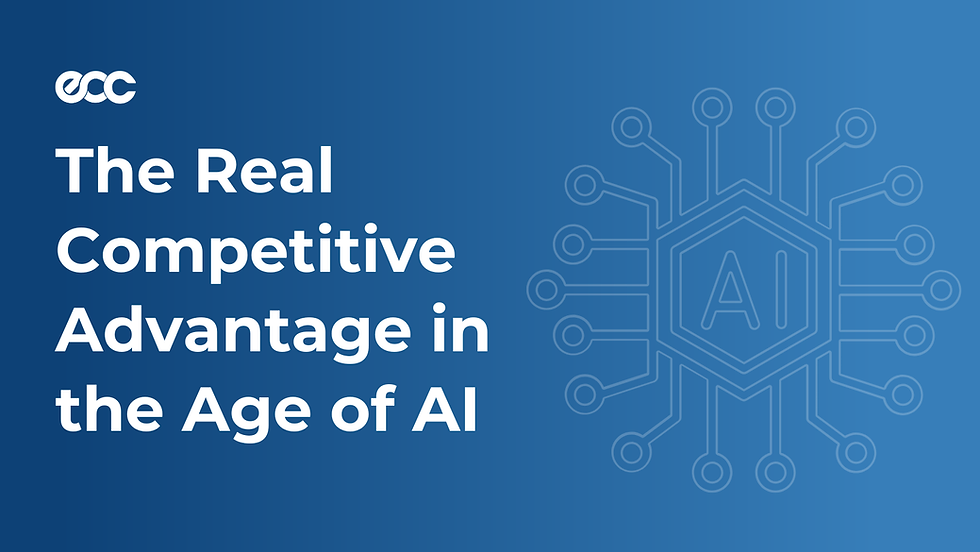Are you seeing the full picture?
- Olga Potaptseva
- Jan 15, 2020
- 3 min read
Customer journey mapping helps you do just that – see how your sales strategy is affecting service cost and re-purchase behaviours, find efficiencies through removing duplication, allocate technology investment in the most profitable way and engage the employees with the CX agenda.
A successful journey map becomes the most widely used tool across the company
Customer journey mapping continues to be a highly popular tool among customer experience (CX) practitioners and Chief Marketing Officers (CMOs). It is a structured method to help you see through your customers’ eyes by visually illustrating customers’ thinking, steps they take, their needs, and perceptions.
Your check-list for a successful journey map:
Includes all steps a customer takes. Remember, their journey of discovering your company may start long before you have a first interaction with them
Includes as much information on customer needs, product ownership, demographics & behaviours as possible.
You may find there are a lot of gaps you would have to fill in using the data you hold on your customers or customer research.
Is personal and relatable – use personas and empathy maps.
Is relevant and actionable – each customer step is supported by an outline of business processes that are delivering it and an assessment of their effectiveness. This is what the agreed business owners will need to fix!
Is a widely used and ever-evolving instrument across the business. Your journey map should never become a way to decorate the wall. Distribute it, discuss it and re-draw it as often as needed.
Engagement across the organisation (and beyond) is key
Don’t expect anyone to understand the customer journey if they’ve never walked the customers’ path.
Hold a cross-functional workshop (you may need more than one!)
With so many digital channels, devices, platforms and so many physical touchpoints with different teams managing all of them can easily become siloed, thus losing sight of the customer. Customer Journey map brings all these people from different functions, ecosystems together and their work together, synergizes them and gets them focused on the customer journeys. With new tools like Mural even those employees or partners that are geographically dispersed can also be part of the exercise and be aligned with the customer experience vision.
The real magic and synergy happen when you hold a workshop by bringing in real customers from your target market based on the personas, inviting people from other areas of the ecosystem like vendors in the value chain and also the internal company’s employees from all departments including HR, customer experience, etc., as appropriate. Ask the participants to generate ideas for what could make each point in the journey for each persona a better experience for them. Have them place sticky notes with their best ideas in the appropriate places on the wall maps.
Start with current-state journey maps
Once you have created an end-to-end journey map outlining all customer touchpoints, select most the significant one based on customers’ perception and map it in more detail. For example, in the insurance industry making a claim is a critical touchpoint and a key moment of truth. Your claims journey map should illustrate a customer’s processes, needs, and perceptions related to that scenario. It includes the steps or actions that customers take to achieve their goal; all the touchpoints that they encounter along the way. Multiple layers like customer feedback, Business needs, projects and functions all align under a particular customer journey for a particular persona. It helps digital teams and employees throughout the firm to identify and repair problems in customers’ existing journeys.
Progress to future-state journey maps
Journey maps should also feed your innovation portfolio. Ideal- or future-state journey maps can help you design new experiences and digital touchpoints, especially when used together with emerging technologies, competitors, and trends watchlists as inspirations. To improve its digital customer experience and uncover valuable insights for its software products and for its clients, IBM runs workshops mapping the current customer journey and mapping the ideal journey as future state. The first map identifies what works and what doesn’t and aids in designing the ideal customer experience and associated touchpoints.




Comments